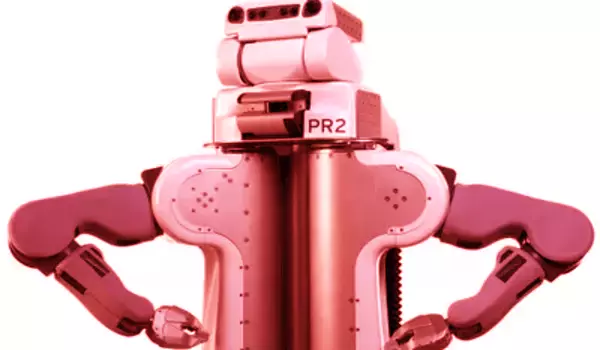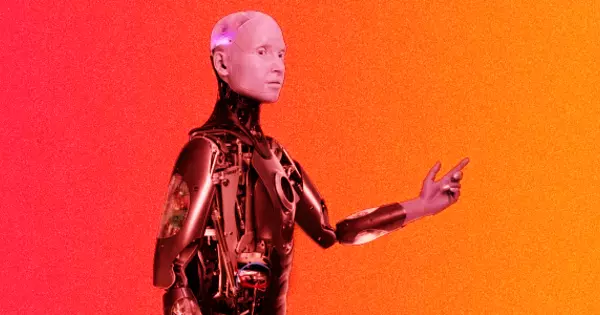The study of collaborative processes in which human and robot agents work together to achieve shared goals is known as human-robot collaboration. Many new applications for robots necessitate their collaboration with humans as capable members of human-robot teams.
Researchers have created an algorithmic planner that aids in task delegation to humans and robots. The ‘Act, Delegate, or Learn’ (ADL) planner considers a list of tasks and decides how to assign them. Three questions were posed by the researchers: When should a robot take action to finish a task? When should a human be delegated a task? And when should a robot be taught a new skill?
As more robots join people on the factory floor, in warehouses, and elsewhere on the job, determining who will do which tasks becomes more complex and important. Some tasks are better suited to humans, while others are better suited to robots. In some cases, it is advantageous to invest time now in teaching a robot to perform a task and reap the benefits later.
There are costs associated with decisions made, such as the time it takes a human to complete a task or teach a robot to complete a task and the cost of a robot failing at a task.
Shivam Vats
Researchers at Carnegie Mellon University’s Robotics Institute (RI) have created an algorithmic planner to help humans and robots delegate tasks. The “Act, Delegate, or Learn” (ADL) planner considers a list of tasks and decides how to assign them. Three questions were posed by the researchers: When should a robot take action to finish a task? When should a human be delegated a task? And when should a robot learn a new task?
“There are costs associated with decisions made, such as the time it takes a human to complete a task or teach a robot to complete a task and the cost of a robot failing at a task,” said Shivam Vats, the RI’s lead researcher and a Ph.D. student. “Given all of those costs, our system will provide you with the best division of labor.”
The work of the team could be useful in manufacturing and assembly plants, for package sorting, or in any environment where humans and robots collaborate to complete multiple tasks. The planner was tested in scenarios in which humans and robots had to insert blocks into a peg board and stack parts of various shapes and sizes made of Lego bricks.

Even when robots are part of the team, using algorithms and software to decide how to delegate and divide labor is not new. This work, however, is among the first to incorporate robot learning into its reasoning. “Robots are no longer static,” Vats explained. “They are teachable and can be improved.”
A person will frequently manually manipulate a robotic arm in manufacturing to teach the robot how to complete a task. Teaching a robot takes time and thus has a high initial cost. However, if the robot can learn a new skill, it will be advantageous in the long run. Determining when it is best to teach a robot versus delegate the task to a human is part of the complexity. This requires the robot to predict what other tasks it can complete after learning a new task.
Given this information, the planner converts the problem into a mixed integer program — an optimization program commonly used in scheduling, production planning or designing communication networks — that can be solved efficiently by off-the-shelf software. The planner performed better than traditional models in all instances and decreased the cost of completing the tasks by 10% to 15%.
Vats presented his work, “Synergistic Scheduling of Learning and Task Allocation in Human-Robot Teams,” at the International Conference on Robotics and Automation in Philadelphia, where it was nominated for the outstanding interaction paper award. The research team included Oliver Kroemer, an assistant professor in RI, and Maxim Likhachev, an associate professor in RI.
Groups of collaborating robots complete tasks more efficiently than a single robot or person working alone in areas as diverse as search and rescue, aerial surveillance and data gathering, robotic assistants, and autonomous systems operating on land, sea, air, or space. The research was supported by the Office of Naval Research and the Army Research Laboratory.





